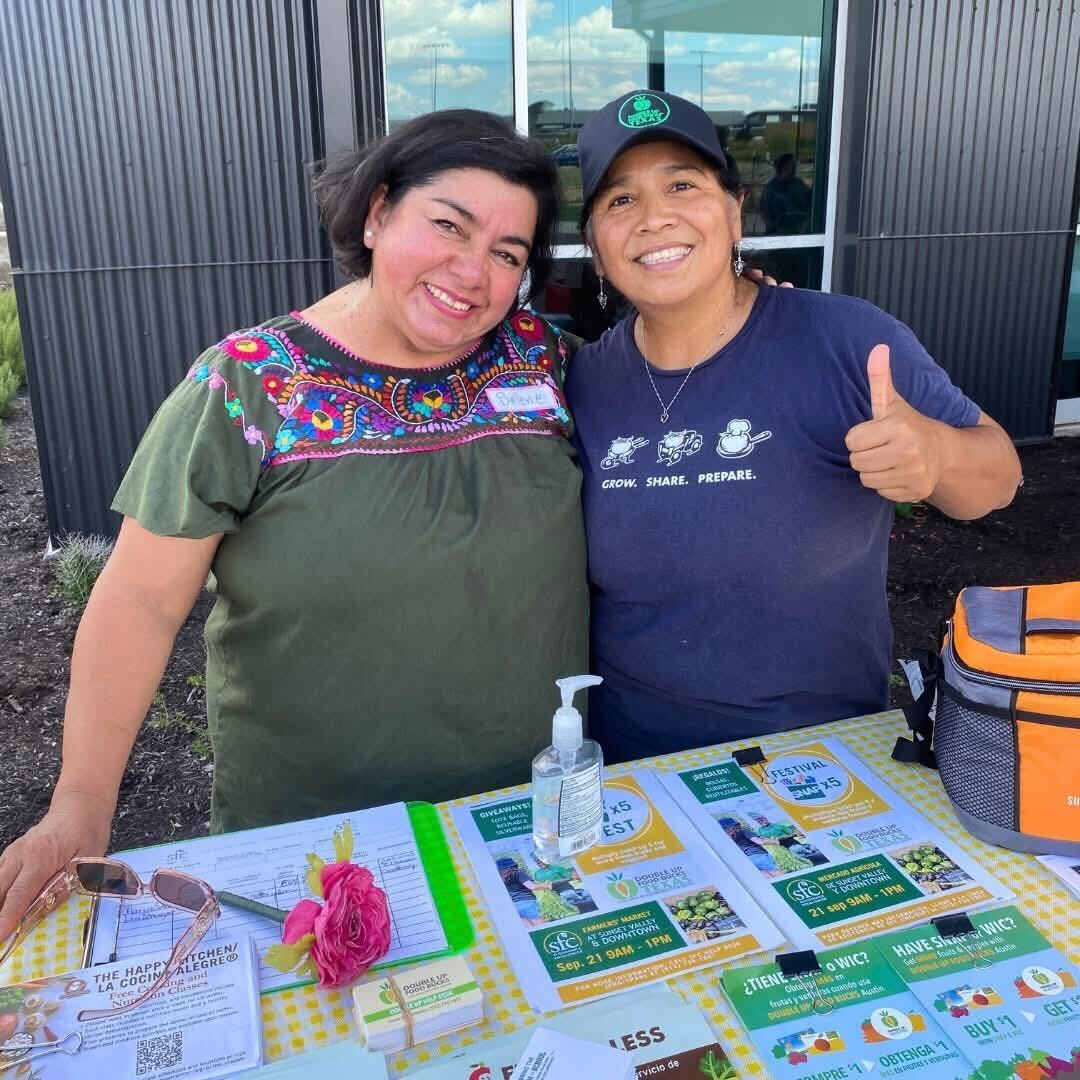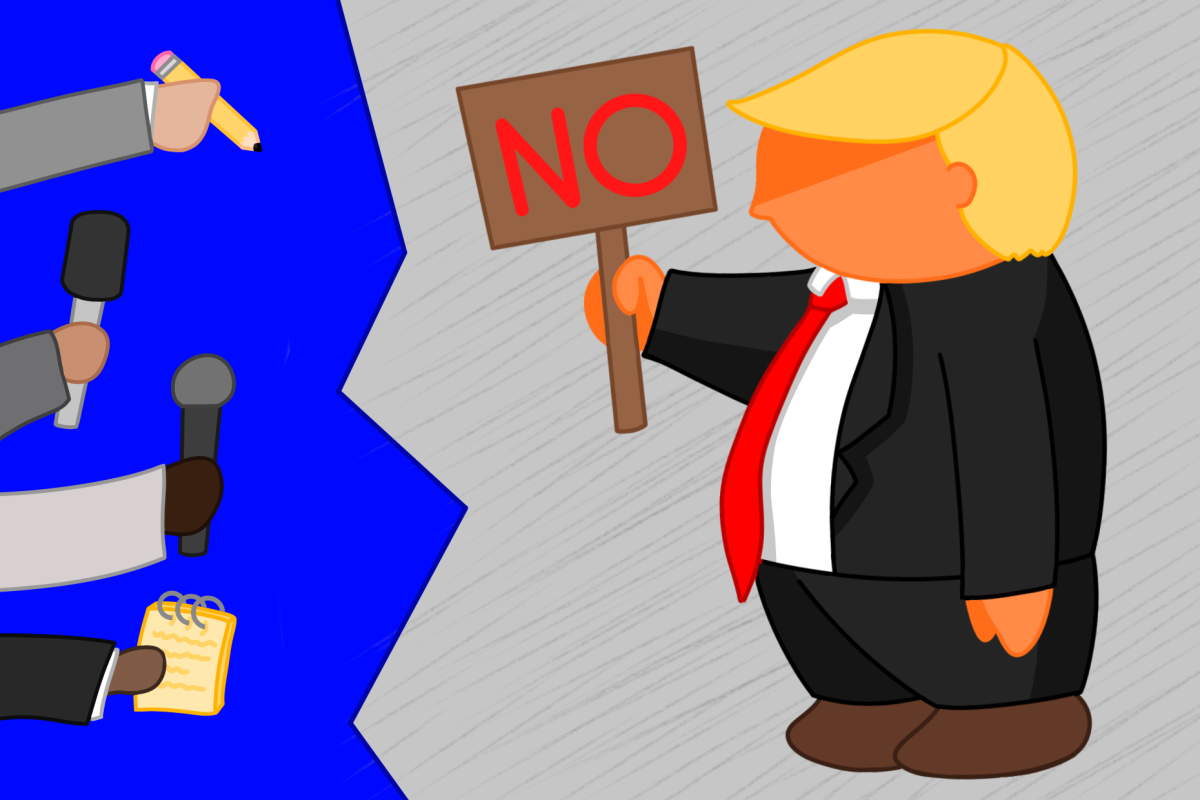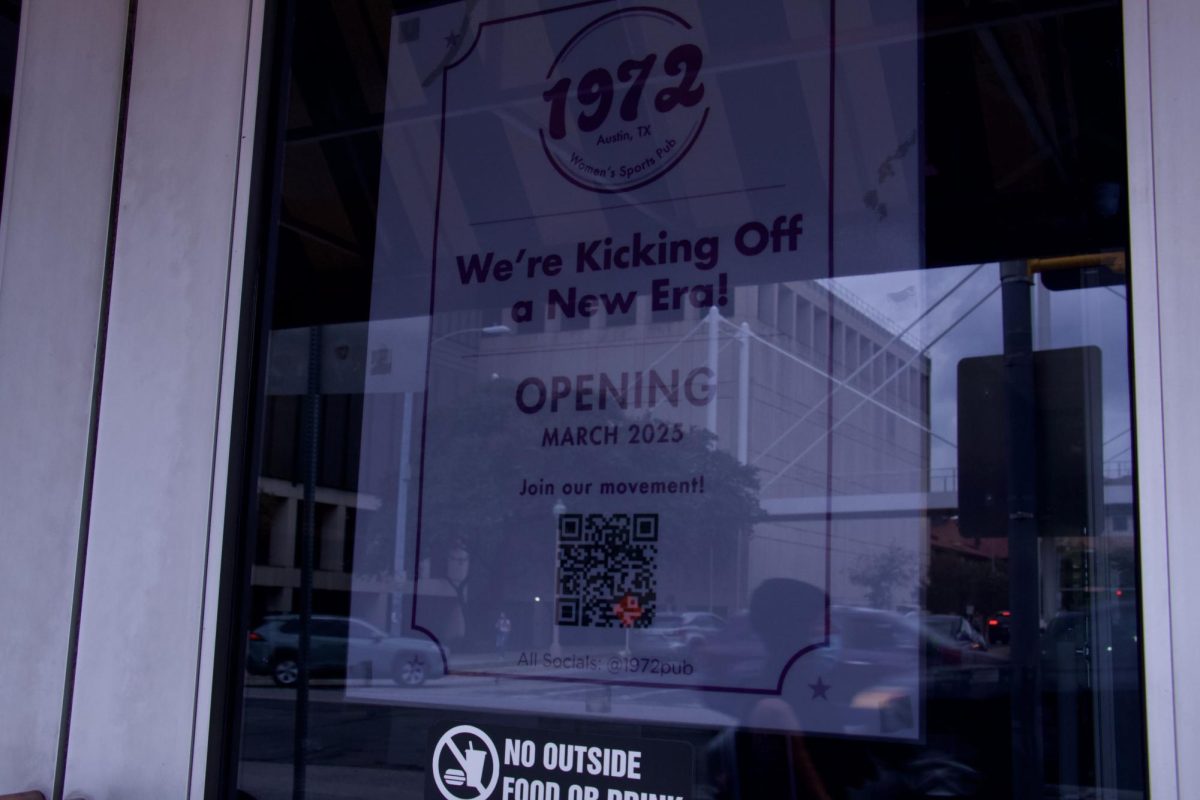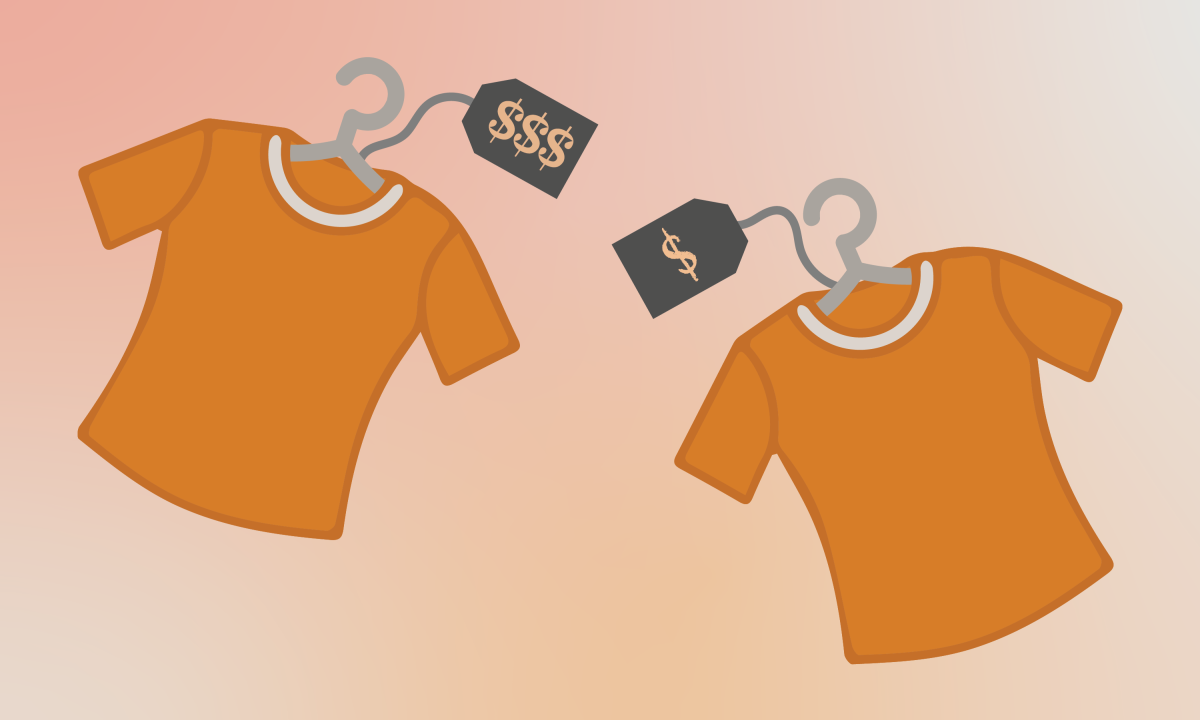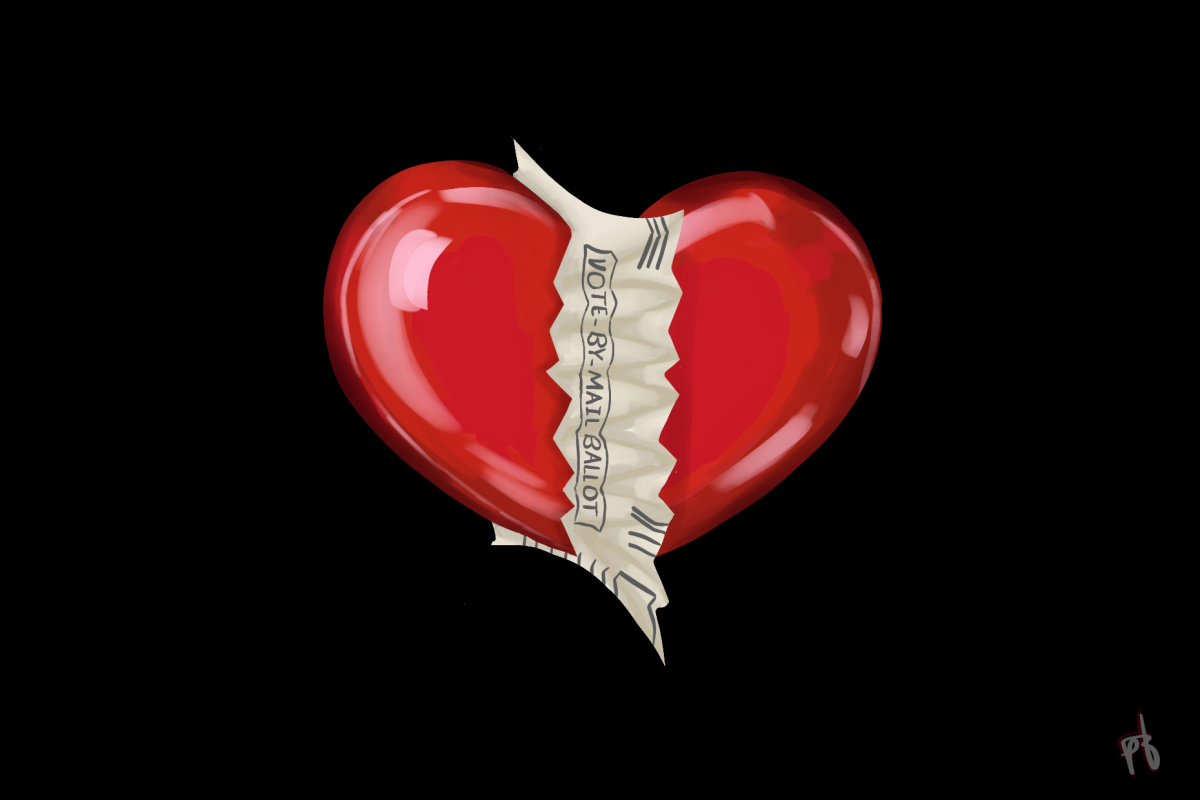If you’ve gone clothes shopping since TikTok became a thing, it’s likely that you’ve gone to a few thrift shops in your wardrobe search. Thrifting gained popularity in the last few years, leading to overconsumption by many people who can afford to buy new. TikToks of thrift hauls and thrift flips have received millions of views as more and more people begin to join in on the trend.
Thrifting becoming popular is great from a sustainability perspective because it encourages people to stray away from fast fashion, but everything comes with a cost. People have started buying tons of second-hand clothes, creating thrift haul videos, getting their coin and then selling the clothes for double the price on sites like Depop. While this is great for the environment, the issue of over-consumption remains and that can have negative effects on low-income communities.
Thrifting hasn’t always been a $300 trip to your local vintage mall. It was born from necessity. According to Time magazine, secondhand shops became common in the late 19th century. Jewish immigrants sold used clothes on pushcarts, as their professional opportunities were slim because of anti-Semitism. Thrifting was frowned upon for a while, mainly due to the identity of the sellers and the stigma surrounding Jewish people. It then surged in the 1920s and thrift stores became well organized, on par with department stores.
Along with affordability, the sustainable fashion movement created from thrifting exposed fast fashion for its ill practices and negative impact on consumers and the environment. Thrifting and the purchasing of used clothes, as opposed to new, became popular in the fashion community thanks to social media platforms like TikTok and Instagram.
But, as we’ve established, not all things that glitter are gold. Before thrifting became fun and trendy, it was a way for low-income communities to afford clothes. Now that thrifting has become a trend, low-income families are losing yet another resource.
Upper and middle-class influencers buying large amounts of thrifted clothing have contributed to the gentrification of thrift stores, according to Vox in their analysis of Alli Vera’s now-deleted video on why she decided to stray away from reselling clothes. Shoppers who buy a lot of thrifted clothes for cheap and then jack up the price to sell them on resale sites for a profit are increasing the prices of secondhand clothing, which prices low-income people out of their local thrift stores.
According to a 2023 resale report by Thredup, an online resale platform, online resale is the fastest-growing sector of the secondhand market. In 2022, the secondhand market in the U.S. grew five times as much as the general retail market with a $39 billion value. The U.S. secondhand market is expected to grow even more, reaching a projected value of $70 billion by 2027.
As the resale market grows, the prices do too. There has been an increase in prices at popular thrift stores like Goodwill, according to Business Insider. The prices are getting closer and closer to the retail price, with some items from Shein and other fast fashion retailers being priced the same or more than their retail price. Further, thrift stores like Goodwill have 155 organizations and each one prices their goods individually which may cause a discrepancy in the prices at different branches.
The increase in prices by thrift stores isn’t directly caused by the thrifting trend, but its popularity has added to the justification of up-charging these items and labeling them as “vintage,” in order to make more of a profit. Labeling things as vintage, just because they are old and used doesn’t warrant an inflated price unless the item is actually valuable, in good condition, and a genuine vintage item, not a worn-out band T-shirt anyone can find online for $20.
As a kid who frequented thrift stores growing up, I understand the necessity aspect of the issue. I was the kid who stayed after school to receive the cans donated to the canned food drive. I grew up in a low-income household of six kids and a single mother, so we went to thrift stores all the time. Thrift stores were a vital resource for my family and the prices made buying new clothes, (or as my mom would always say “new to you,”) possible. This trend of buying and reselling clothes at almost double the price is dangerous, because it takes away the accessibility part of thrift stores and buying secondhand clothes. It’s become more difficult to find affordable clothes in the go-to stores I went to as a kid since the prices have increased, and most of the clothes in good condition have already been bought up. I am all for thrifting and I’m glad that it’s become more normalized, but it’s important to remember WHO that resource is for.
The thrifting trend is a good thing overall and is great for reducing one’s carbon footprint, but it has also led to an over-consumption issue that negatively affects low-income people. Instead of treating a thrift store as their own personal side-hustle, people should treat thrifting as a resource, not an easy profit grab. If we start to value people and their needs over our own potential profit, thrifting could once again be an accessible haven for those who need it most.





